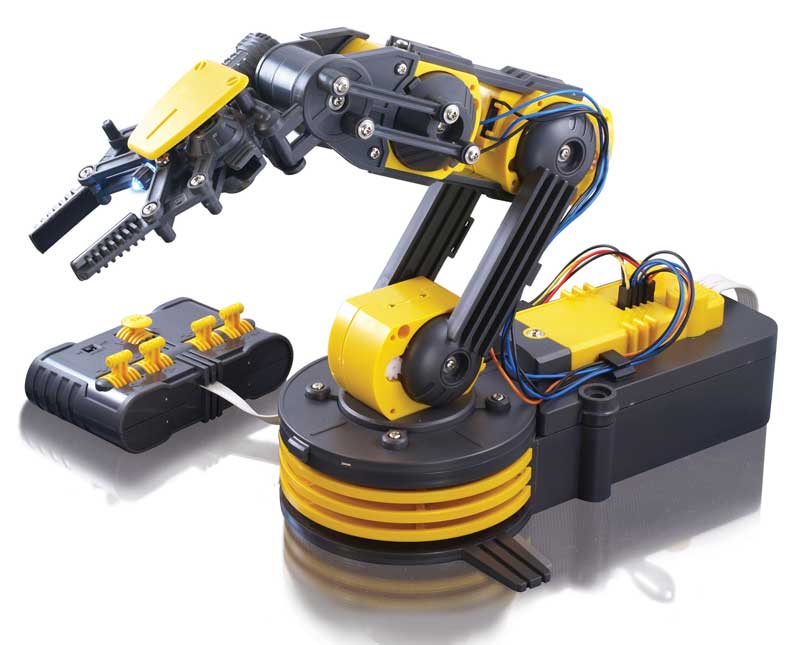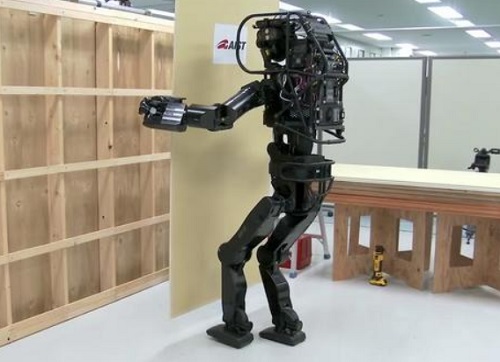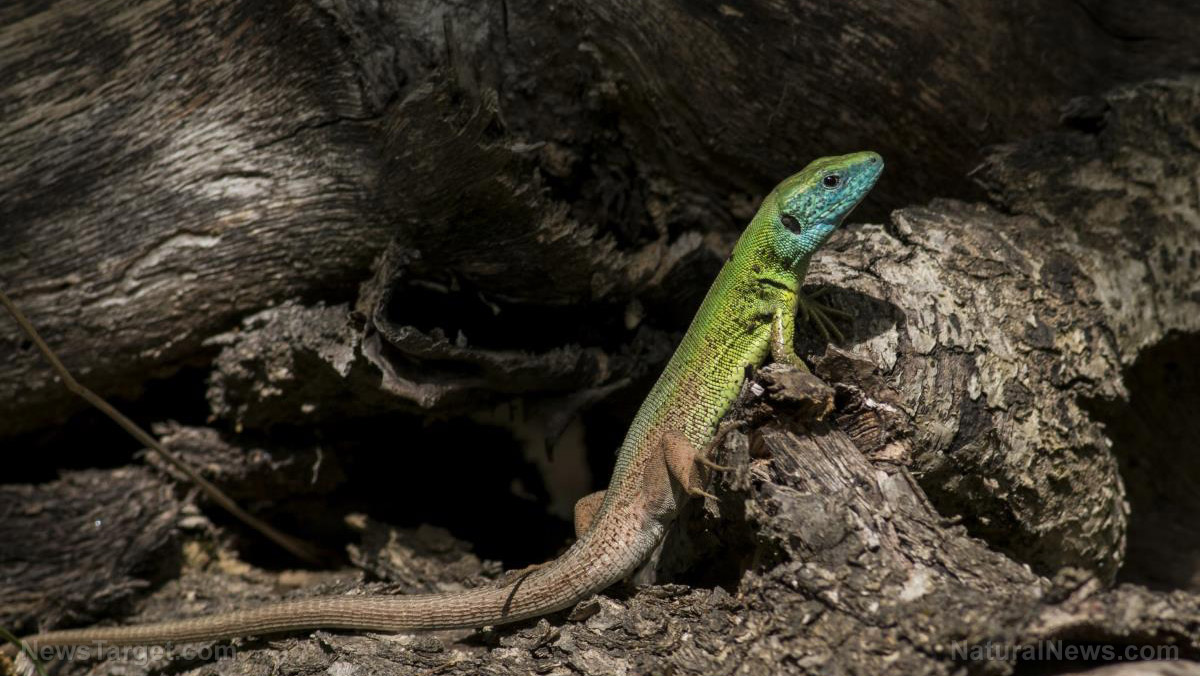Stratolaunch carrier, world’s largest plane, is bigger than a football field and will launch astronauts into space
04/10/2018 / By David Williams

If you’ve ever thought that the current method of launching rockets and other payloads into space is severely outdated and needs to be changed up a bit, you’re in good company. Microsoft co-founder and former tech industry mogul Paul Allen, along with his company Stratolaunch Systems, thinks he has a better solution in store. To test it, he has custom-built the world’s biggest aircraft by wingspan, called the Stratolaunch carrier aircraft, which is planned to serve as a mega-plane to drop launch vehicles from up in the sky, before it fires its boosters and launches all the way up into space.
Stratolaunch’s solution is said to be reminscent of the X-plane testing conducted by the U.S. Air Force back in the 1950s and 60s. Although it has been in development for quite some time now, the monstrous Stratolaunch carrier aircraft which was built by Scaled Composites was rolled out of its hangar for the first time last month. Now that its full weight has been rested on its 28 wheels for the very first time, Scaled Composites managed to measure its weight: 500,000 pounds. It will be subjected to a battery of tests including engine runs, taxi tests, and finally, actual flight. (Related: EM Drive is an “impossible” spacecraft engine that generates thrust from the quantum vacuum, using no moving parts and producing no exhaust.)
It is said that the gigantic Stratolaunch aircraft is meant to have a maximum takeoff weight of 1.3 million pounds, which means it should be able to carry launch vehicles and their payloads with weights of up to about 550,000 pounds. This also leaves room for about 250,000 pounds of rocket fuel. It isn’t clear when exactly the first real launch test featuring the Stratolaunch carrier will occur, but it is slated to use a single Pegasus XL rocket. For now, the aircraft’s abilities are quite limited, but it is being worked on to expand its features for future flights.
A report on the aircraft states that flightline testing will be done at the Mojave Air and Space Port, which is located in California, throughout the next several months. This is meant to test all of its systems extensively and figure out what exactly needs to be enhanced or simply left as is. If Stratolaunch can go through with all of its planned tests over the next 12 months, it could end up conducting the first launch test some time in 2019.
So far, the team behind the tests have reported completion of fuel testing at least, with all six fuel tank passing the tests for proper operations. Every single one of the six fuel tanks were filled independently to make sure that their fuel mechanisms were working, as well as to validate that they were all properly sealed.
The team also reportedly went through testing the flight control system, and so far, they were able to exercise the full limits of motion and rate of deflection of control surfaces on the wing as well as the aircraft’s stabilizers.
No doubt, there will be many more tests to be done on the Stratolauch aircraft before the time for a full launch test arrives. But once it does, you can score one for the future of private space flights.
Find out other ways that the space race is advancing through private companies in Space.news.
Sources include:
Tagged Under: aircraft, astronauts, inventions, launch satellite, mega-plane, rocket launcher, satellites, Scaled Composites, Space, space exploration, space flights, Spacecraft, Stratolaunch aircraft carrier, Stratolaunch Systems




















